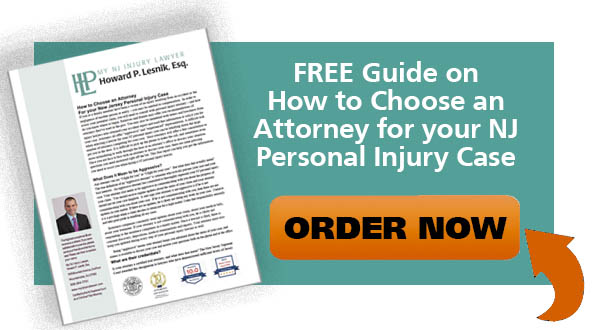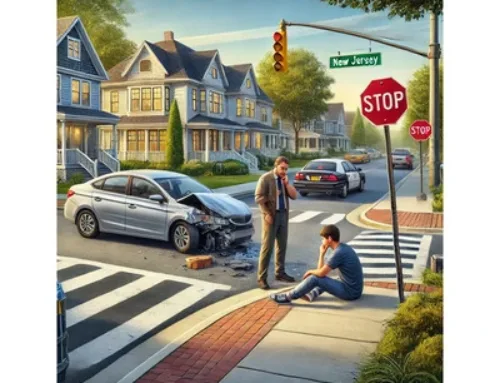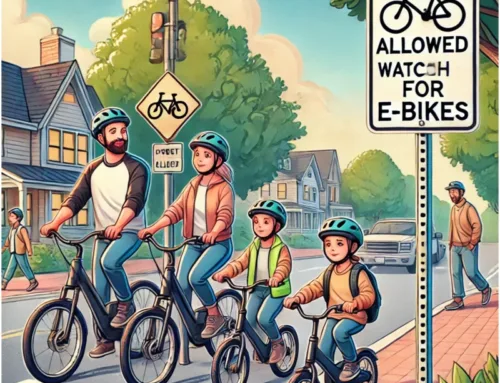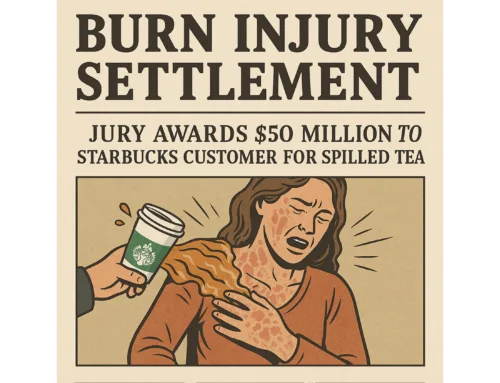The streets we walk on are becoming increasingly dangerous for pedestrians, and the vehicles that share these spaces with us are not helping. Research from the Insurance Institute for Highway Safety (IIHS) shines a spotlight on a concerning trend: vehicles with particularly tall front ends, such as SUVs, pickups, and vans, significantly increase the risk of fatal injuries to pedestrians. This connection between vehicle design and pedestrian safety is more critical now than ever, as pedestrian crash deaths have surged by 80% since 2009.
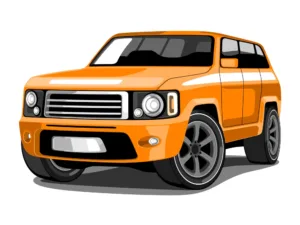 The Height of the Problem
The Height of the Problem
Vehicles with a hood height exceeding 40 inches pose about a 45% greater risk of causing fatal injuries in pedestrian crashes compared to vehicles whose hoods are 30 inches high or lower. This risk isn’t just about height; the design of the vehicle’s front end plays a significant role. Vehicles sporting a blunt or vertical front are especially lethal, even at medium heights of 30 to 40 inches. The IIHS’s findings are a call to action for both car manufacturers and pedestrians to rethink the implications of vehicle design on public safety.
- A Growing Concern: The transformation of the average U.S. passenger vehicle over the last three decades into models that are approximately 4 inches wider, 10 inches longer, 8 inches taller, and 1,000 pounds heavier has raised significant safety concerns. This change in vehicle dimensions puts pedestrians at an increased risk of severe injury or death in the event of a collision, as the larger size and height of vehicles can lead to more impactful strikes.
- The Data Speaks: In an extensive study conducted by the Insurance Institute for Highway Safety (IIHS), researchers analyzed close to 18,000 pedestrian crashes to investigate the relationship between vehicle design and the likelihood of fatalities. The findings of this comprehensive analysis underscore a worrying link: vehicles with certain front-end designs, particularly those that are taller and have blunter profiles, are substantially more likely to result in pedestrian deaths compared to lower, more sloped vehicles. This data-driven insight emphasizes the critical impact of vehicle architecture on pedestrian safety.
Understanding the Risk
The danger these vehicles present is multifaceted. Taller vehicles, especially those with flat and blunt front ends, not only obscure the driver’s view of nearby pedestrians but also are more likely to inflict severe injuries in the event of a collision.
- Severe Head Injuries: The concerning trend in vehicle design, particularly the increased height and blunter front ends of many modern vehicles, exacerbates the risk of severe head injuries for pedestrians. This design characteristic means that in the event of a collision, the pedestrian’s head is more likely to strike the hard, unforgiving surfaces of the vehicle’s front end, leading to potentially life-threatening injuries.
- Torso and Hip Injuries: The study highlights a distressing pattern where tall vehicles, characterized by their vertical front ends, are more likely to inflict serious injuries to the torso and hips of pedestrians. This suggests that the point of impact during a collision is significantly higher on the body, exposing vital organs and the skeletal structure to direct, forceful impacts that can result in critical, long-term health issues.
The Path Forward
Manufacturers have the opportunity to redesign vehicles to be less hazardous to pedestrians. Lowering the front end and adopting a more sloped profile could drastically reduce the risks without compromising the functionality of these vehicles.
- Redesign for Safety: Implementing a more sloped hood design in vehicles of medium height can significantly reduce the danger they pose to pedestrians, illustrating a practical solution that mitigates risk without compromising vehicle functionality.
- Consider Pedestrian Safety: Automakers are urged to heed the clear call to action by integrating pedestrian safety as a core consideration in their vehicle design processes, ensuring safer interactions between vehicles and pedestrians.
Making Our Streets Safer
The IIHS’s findings are a crucial step toward understanding how vehicle design impacts pedestrian safety. As we move forward, there’s a collective responsibility among vehicle manufacturers, policymakers, and pedestrians themselves to advocate for and adopt measures that ensure our streets are safe for everyone.
- Advocate for Design Changes: Encouraging automakers to consider the impact of their designs on pedestrian safety is vital.
- Support Pedestrian-Friendly Policies: Policies that promote pedestrian safety and encourage the use of vehicles designed with pedestrian safety in mind can make a significant difference.
- Stay Informed and Vigilant: As pedestrians, being aware of the risks and advocating for safer streets is crucial.
Toward a Safer Tomorrow
The increasing prevalence of taller vehicles with dangerous front-end designs on our roads is a clear threat to pedestrian safety. This issue requires immediate attention and action from all stakeholders involved. By understanding the risks, supporting design changes, and advocating for policies that protect pedestrians, we can work towards a future where the streets are safe for everyone.
Contact MyNJInjuryLawyer Howard P. Lesnik
If you or a loved one suffered an injury in an accident in NJ, you should contact an attorney familiar with handling these claims. An experienced NJ Injury Lawyer will know how to obtain medical records, videos, photographs, experts, locate witnesses and contact the insurance company so you can make a claim for your injuries.
My NJ Injury Lawyer Howard P. Lesnik, Esq. offers complimentary strategy sessions to address any issue or questions you may have for your injury claim in NJ.
Please contact NJ Injury Lawyer Howard Lesnik, Esq., immediately if you were involved in an accident. I personally handle NJ personal injury cases on a regular basis. Please contact me now by email, by phoning 908.264.7701, or by completing the form to the right to schedule your complimentary 30-minute strategy session. Call me direct and I will answer 5 questions that you have about your potential claim.


